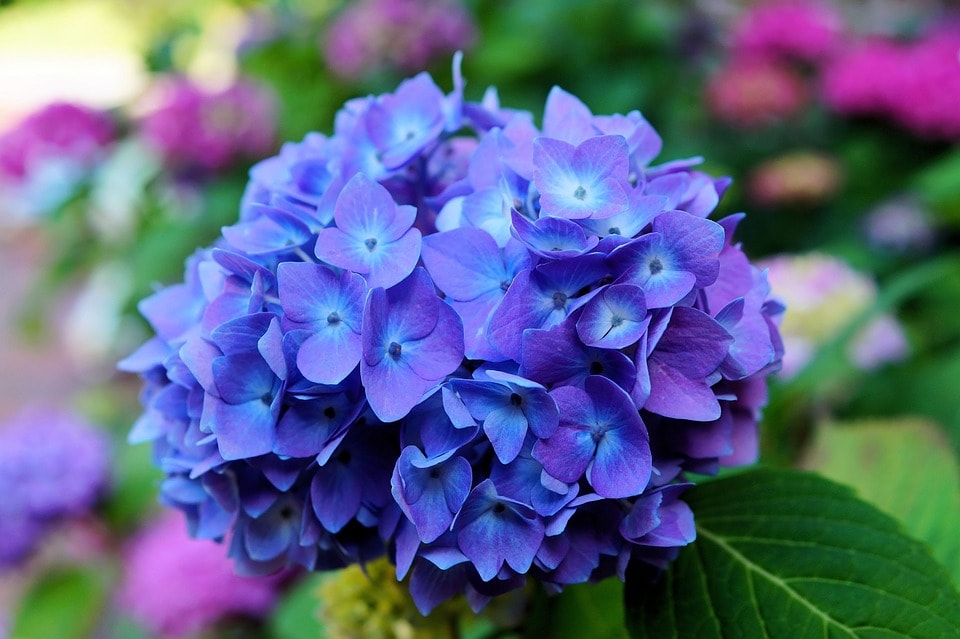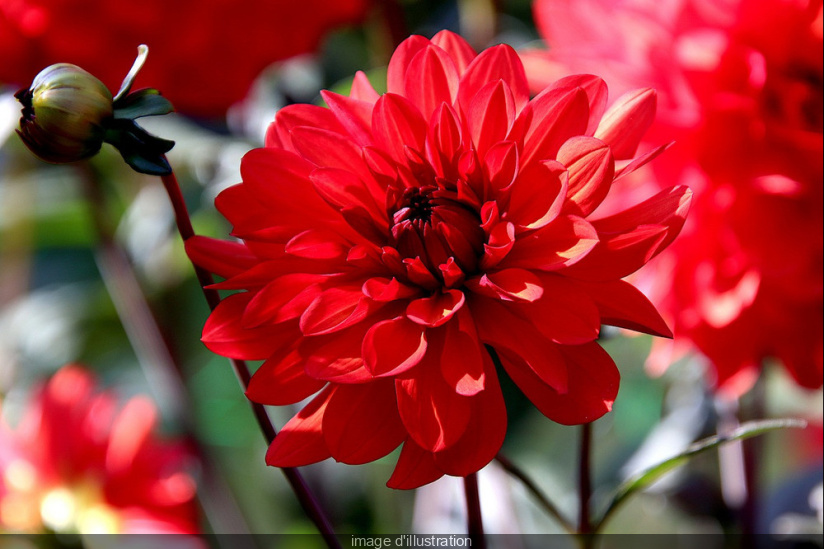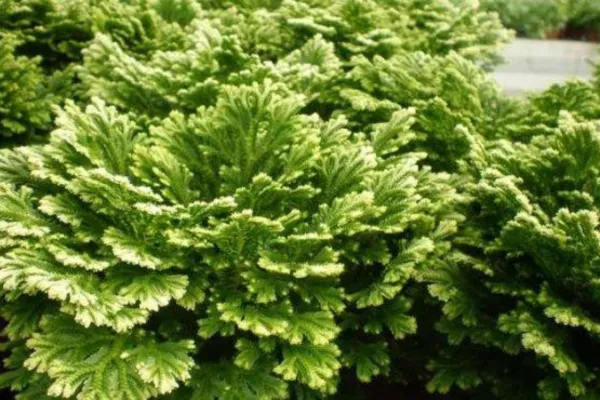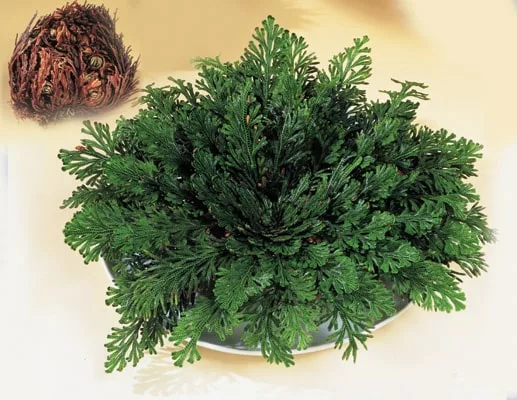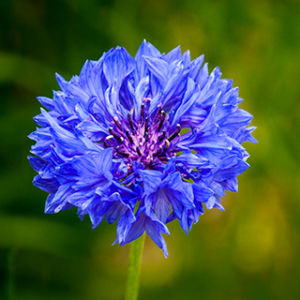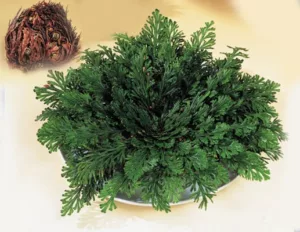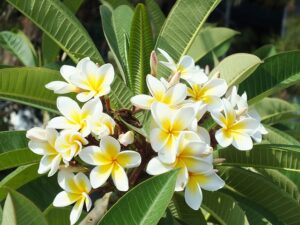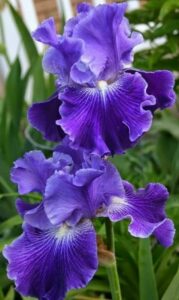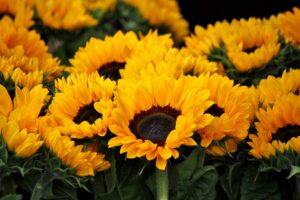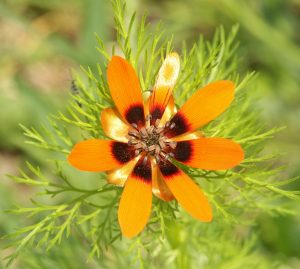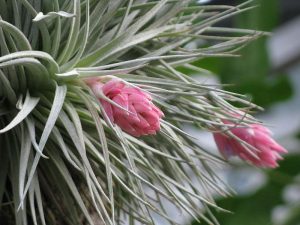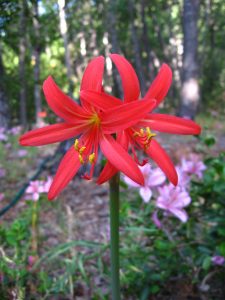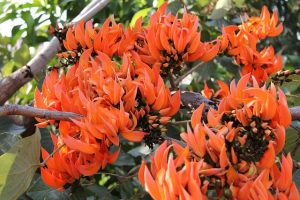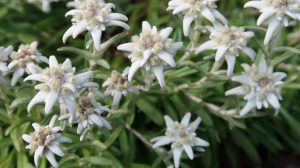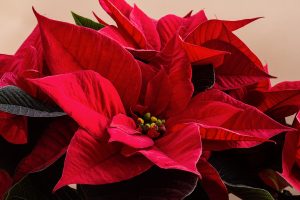Hydrangeas: characteristics, care and meaning.
Hello friends, today we will talk about a beautiful and multicolored flower, with a captivating fragrance: Hydrangeas.
Hydrangeas
Origin
The scientific name of the hydrangeas is Hydrangea, generic name derived from the Greek words: ‘hydra’ meaning “water” and “gea” which means “vase” or “water glasses” in reference to the characteristic shape of their capsules in cup shape. To date more than 43 species of this plant are known, mainly from Asian countries such as China, Japan and Korea. In Japan they say Ajisai that means “water drinker”, because it is a plant that needs a lot of water. Others are native to South America.
Characteristics and care
Hydrangeas bloom in the spring and their large, spherically shaped bouquets remain undated until late summer. This plant has large oval leaves ending in a point. They have a rough appearance, because their margin is serrated and their nerves are very marked. It can reach up to 3 meters high.
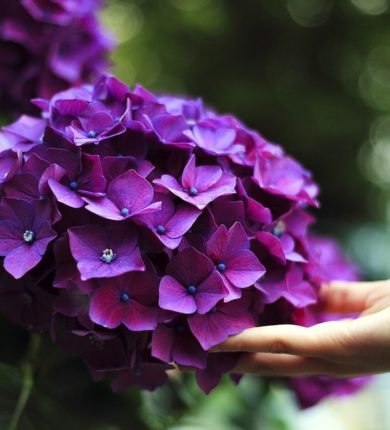
For its good growth, it needs the soil to have a pH lower than 6.5, so that it can assimilate the nutrients well. It also needs good watering, a well-drained soil and organic matter. Another thing that we must take into account when planting the hydrangea is that it needs to have good solar lighting, at least 5 hours a day to be able to flower, but not with direct radiation. It also does not withstand frost and you must protect it from the wind that can affect its growth.
If you want to change the color of your hydrangea you can achieve it by changing the pH of the soil where you have it. If the desired color is blue, you must lower the soil pH below 5.5 and add aluminum sulfate. You can also use aluminum chips and fruit peels under or where you have planted. Thus the plant will absorb the minerals of these and change its color.
With a pH higher than this they tend to be pink. However, the variety of white hydrangea is not affected by the pH of the soil.
Reproduction
We plant this plant with cuttings or seeds. For cuttings, we must choose a stem of about 15 centimeters, without flowers and plant it in spring or autumn, in a deep hole, moisturizing it well. You must put it in a place protected from the sun. Between these plants there must be between 90 cm to 3 meters, so that they have enough space to develop. Here is a link where you can buy the seeds.
Plagues and diseases
Hydrangeas can be affected by pests and diseases. Some of these are slugs, fungi, aphids, or the green fly. To eradicate them you can see our article on this topic: Here.
Meaning
The hydrangea is one of the few flowers that have positive and negative meanings. The variety of meanings depends on the color of these flowers.
Pink Hydrangea: Related to love and romanticism.
Blue Hydrangea: Related to frigidity, with it you will want to say “no thank you” to a relationship. They are also used to ask for forgiveness.
White hydrangea: Related to purity, abundance and grace.
Purple hydrangea: Related to wealth and abundance.
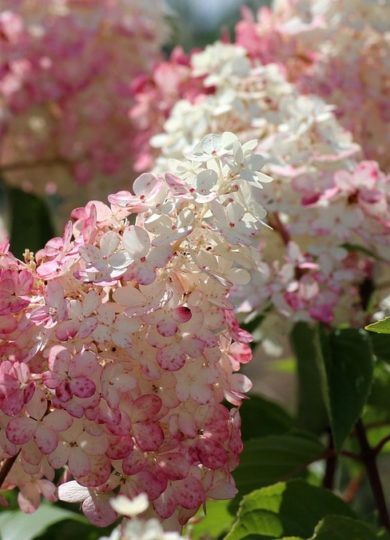
Besides the meaning attributed to these flowers there is also the “popular” idea that the woman who has been raised in a house with hydrangeas will never find a partner and will always be single. Another popular belief is that if you bring hydrangeas to your house being happily married, this happiness ends, because it causes fights with the couple.
Looking for information about the meaning of this hydrangeas found on the site Meaning of flowers the legend that I show you below.
Louis XIV, French king and lover of the flowers, sent an expedition in boat to the other side of the ocean in search of new plants with which to be able to adorn its gardens.
When they arrived in Brazil, an indigenous tribe captured a group of sailors, among whom was a very skinny one with whom they had been getting the whole trip because of their weak and fragile aspect.
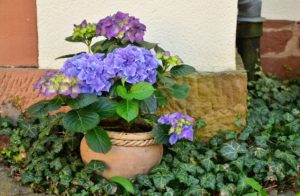
But thanks to the intelligence and cleverness of that man of feeble aspect they managed to escape all of their captivity; and it was when they congratulated him when they realized that he really was a brave and strong woman, who had disguised himself as a man in order to know new worlds.
When the French king knew everything that happened he decided to call the flowers with the name of the brave woman: Hortensia.
And that’s where the double negative / positive meaning comes from:
On the one hand, it refers to vulnerability and fragility.
And on the other to courage and temperance.
A beautiful story, right? I hope you have learned a little more about these beautiful flowers. Undoubtedly they have earned a place in our hearts. 🙂
Remember to like and share on your social networks if you liked the article. Leave us your comments here.

Share this content:
